Aakash Repeater Courses
ApplyTake Aakash iACST and get instant scholarship on coaching programs.
Have you ever wondered how different locations are marked and plotted in Google Maps? Or have you wondered how building plans are plotted in the exact correct shape? Coordinate Geometry plays a key role in all of this. Coordinate Geometry is all about the representation of points in the graph with the x-axis and y-axis. The chapter on Coordinate Geometry is an important fundamental topic of all higher-level Geometric topics. This article contains NCERT Solutions for Class 9, which are designed by Subject Matter Experts in Careers360, making it a reliable study resource. The NCERT Solutions for Coordinate Geometry explain the basics of plotting and interpreting points on the Cartesian plane.
Don't Miss: Best Courses after 10th | Competitive Exams after 10th
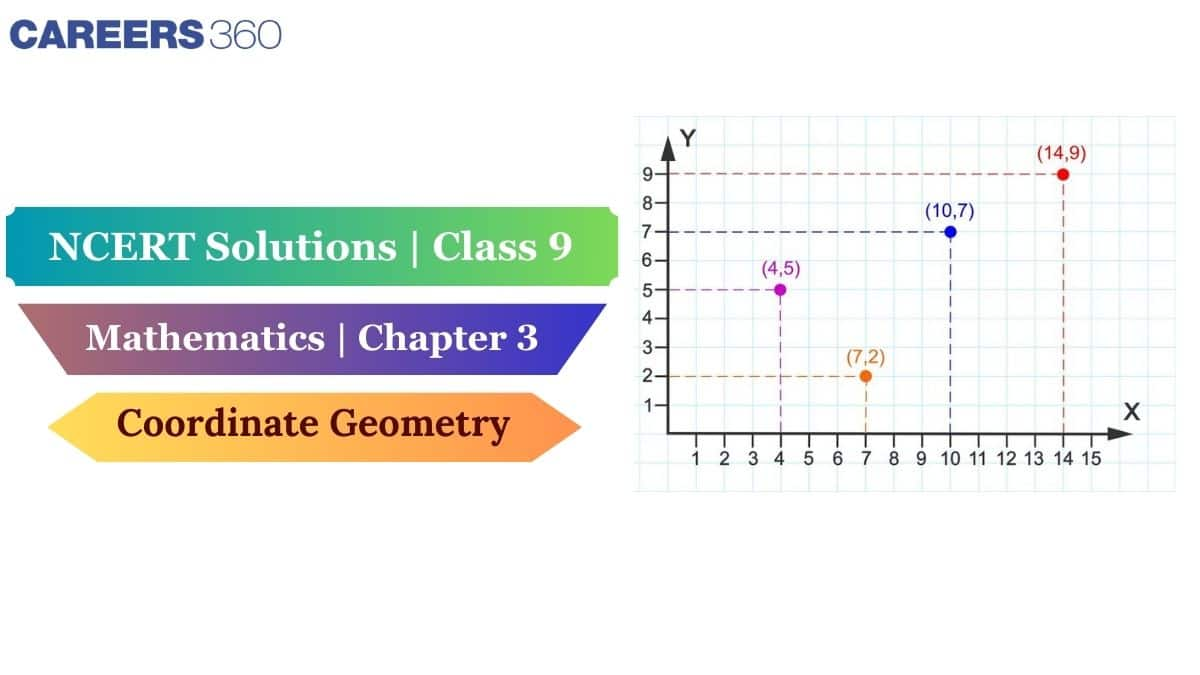
Students can strengthen their graphing skills with the NCERT Solutions for Class 9, which simplifies each concept step by step. Additionally, students can refer to notes to understand the concepts covered in this chapter. These notes simplify and provide the important concepts and formulas that would help to revise during the exam preparation. Along with this, the NCERT Solutions for Class 9 Maths provide clear methods to identify quadrants and understand coordinate systems and other topics.
|
NCERT Solutions for Class 9 Maths Chapter 3 Coordinate Geometry Exercise 3.1 Page Number: 45-46 Number of Questions: 2 |
Question 1: How would you describe the position of a table lamp on your study table to another person?
Answer:
To describe the position of a table lamp placed on the table,
Let us consider the table lamp as P and the table as a plane.
Then, we consider two perpendicular edges of the table as the axes OX and OY.
From OY, measure the perpendicular distance
From OX, measure the perpendicular distance
Thus, the position of the lamp is then given by;
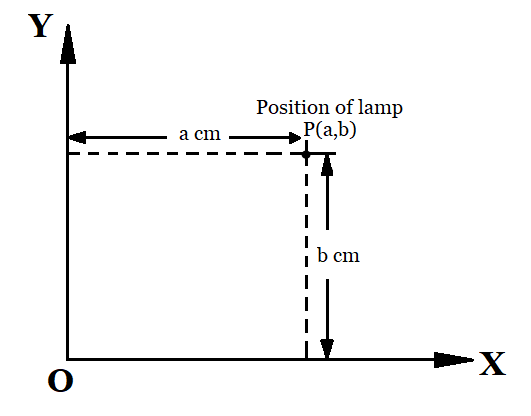
Answer:
(i) From the figure:
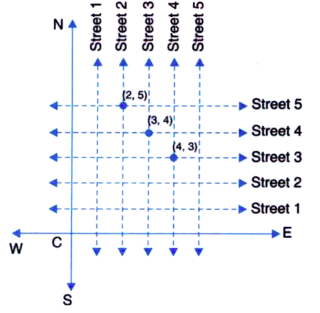
There is only one cross - streets which can be referred to as (4, 3).
Answer:
(ii) From the figure:
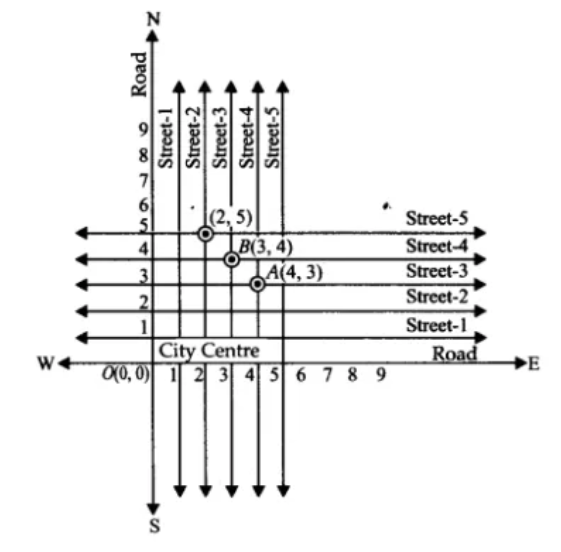
The cross street is shown by the point
We have located the two cross streets because of the two reference lines.
|
NCERT Solutions for Class 9 Maths Chapter 3 Coordinate Geometry Exercise 3.2 Page Number: 52-53 Number of Questions: 2 |
Answer:
The Horizontal line is the x-axis, and the Vertical line is the y-axis.
Question 1: (ii) Write the answer to each of the following questions: What is the name of each part of the plane formed by these two lines?
Answer:
The name of each part of the plane formed by the x-axis and the y-axis is called "Quadrant".
Question 1: (iii) Write the answer to each of the following questions: Write the name of the point where these two lines intersect
Answer:
The point where the x-axis and y-axis both intersect is known as the Origin.
Question 2: See Fig.3.14, and write the following:
(i) The coordinates of B.
(ii) The coordinates of C.
(iii) The point identified by the coordinates (–3, –5).
(iv) The point identified by the coordinates (2, – 4).
(v) The abscissa of the point D.
(vi) The ordinate of the point H.
(vii) The coordinates of the point L.
(viii) The coordinates of the point M.
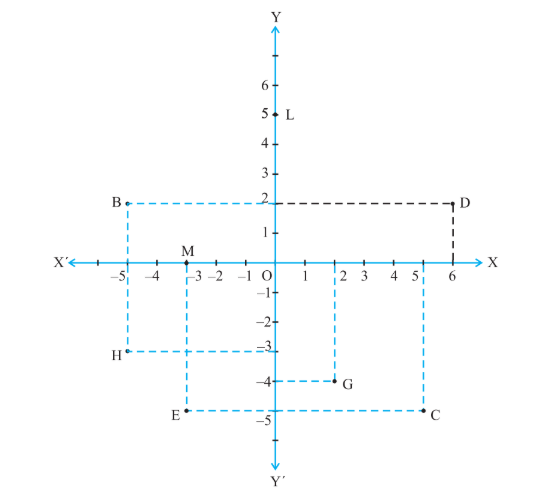
Answer:
From the figure:
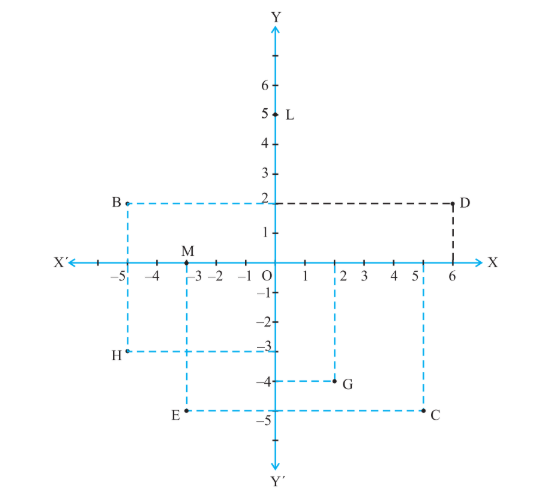
(i) The coordinates of B are
(ii) The coordinates of C are
(iii) Point E is identified by the coordinates (–3, –5).
(iv) Point G is identified by the coordinates (2, – 4).
(v) The abscissa of point D is 6.
(vi) The ordinate of the point H is -3.
(vii) The coordinates of the point L are
(viii) The coordinates of the point M are
Interested students can also check the exercise-wise solutions of Class 9 Maths Chapter 3.
Question: Write the coordinates of a point whose ordinate is 4 and which lies on the y-axis.
Answer:
Any point on the y-axis has its abscissa (x-coordinate) equal to 0.
Given that the ordinate (y-coordinate) is 4, the point is: (0, 4)
The topics discussed in the NCERT Solutions for class 9, chapter 3, Coordinate Geometry, are:
Axis:
The Cartesian plane is divided by two perpendicular lines called axes (Singular: Axis). The horizontal line is called the x-axis, and the vertical line is called the y-axis.
Origin:
The intersection of the two lines at (0,0) is called the Origin.
Coordinate:
Any point marked on the Cartesian plane is called a coordinate. The coordinate is represented as (x,y). Eg. (1,2)
The coordinate of the Origin is (0,0).
Quadrants:
The x-axis and y-axis divide the Cartesian plane into 4 sections called Quadrants.
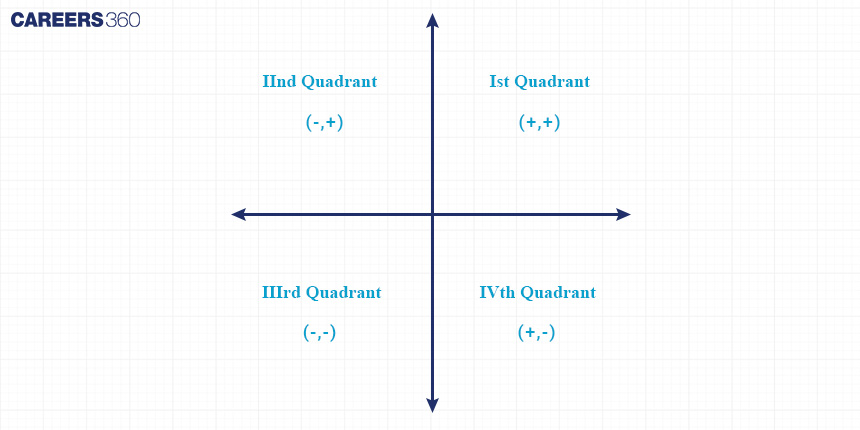
The signs of coordinates in each quadrant are,
First quadrant: (+, +)
Second quadrant: (–, +)
Third quadrant: (–, –)
Fourth quadrant: (+, –)
Given below are some ways in which students can approach the problems of Coordinate Geometry in class 9, mathematics chapter 3:
We at Careers360 also provide solutions for other class 9 subjects. These subject-wise solutions contain the solutions for all the chapters of Class 9 Subjects. Below are the subject-wise Class 9 solutions.
Additionally, to practice extra questions in the NCERT Exemplar and analyse their performance using NCERT Exemplar Solutions for Class 9 Maths Chapter 3 Coordinate Geometry.
Students can also refer to the NCERT Books and Syllabus for Class 9 provided by Careers360 using the links.
The cartesian plane, notations, name of the coordinate plane, plot the point in XY-plane, distance formula are the important topics of this chapter.
NCERT Solutions for maths chapter 3 class 9 can assist students in resolving uncertainties and improving their readiness for CBSE exams. The questions in NCERT Solutions can not only aid in exam preparation but also in various competitive exams.
Consistent use of coordinate geometry class 9 solutions is recommended for students to acquire comprehensive knowledge of all concepts outlined in the current CBSE curriculum. Our expert team at Careers360 has created these solutions with a strong emphasis on precision, and regular utilization of these solutions can aid students in achieving high scores in CBSE exams.
Here, students will get the detailed NCERT solutions for class 9 maths by clicking on the link. they can practic these NCERT problems to get in-depth understanding of the concepts that will ultimately lead to score well in the exams.

Take Aakash iACST and get instant scholarship on coaching programs.

This ebook serves as a valuable study guide for NEET 2025 exam.

This e-book offers NEET PYQ and serves as an indispensable NEET study material.
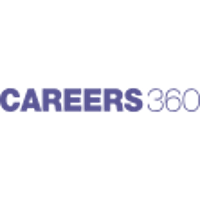
As per latest syllabus. Physics formulas, equations, & laws of class 11 & 12th chapters

As per latest syllabus. Chemistry formulas, equations, & laws of class 11 & 12th chapters
As per latest 2024 syllabus. Study 40% syllabus and score upto 100% marks in JEE